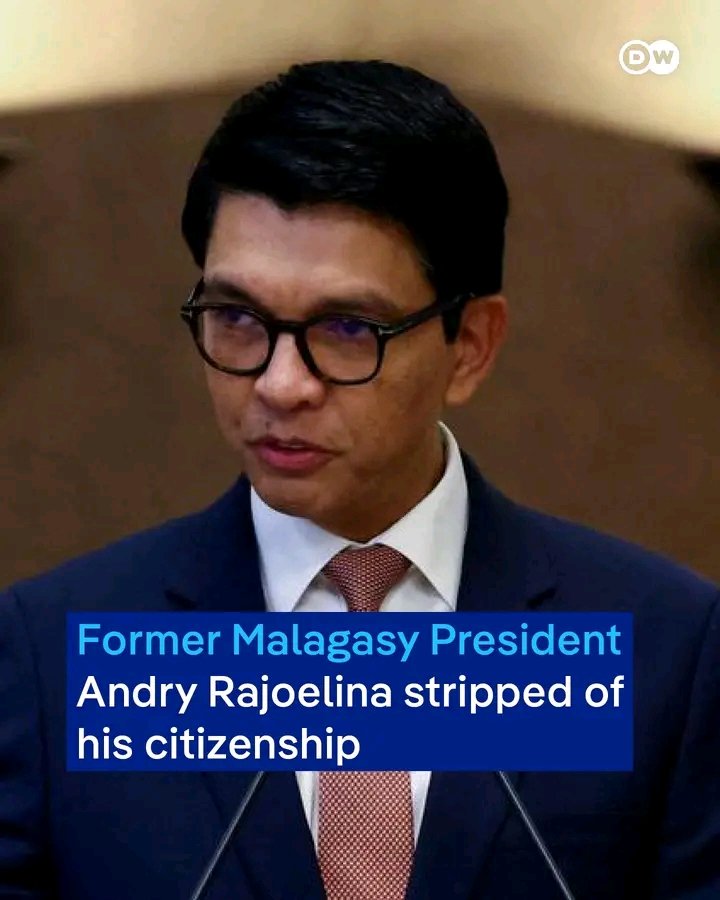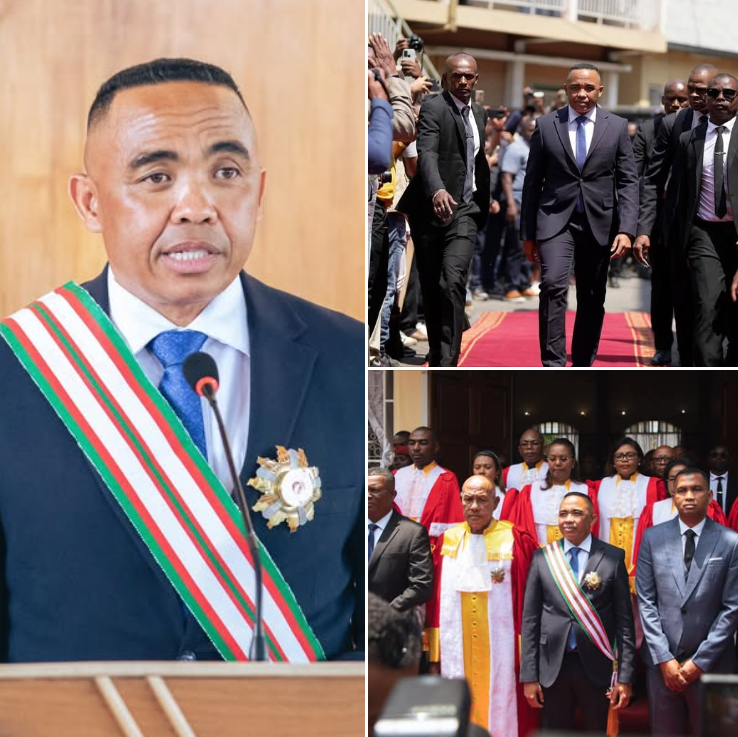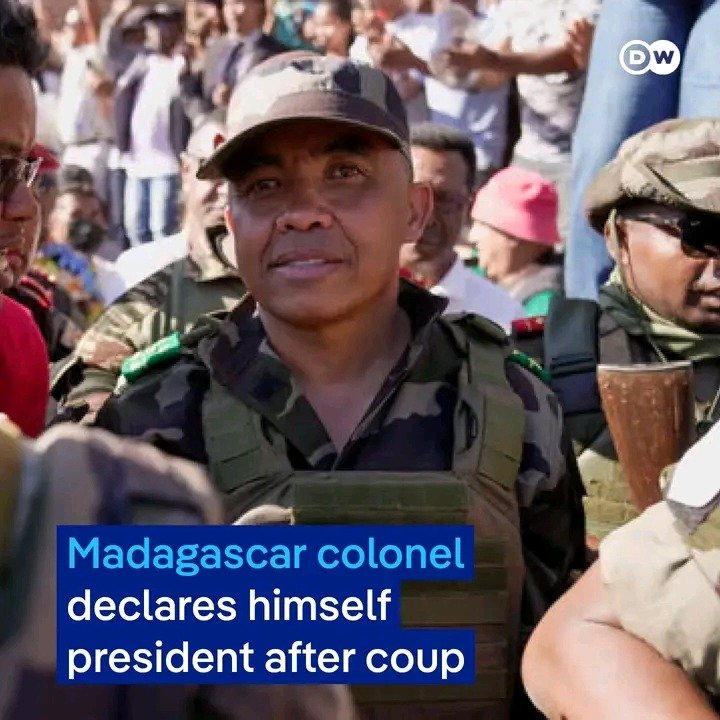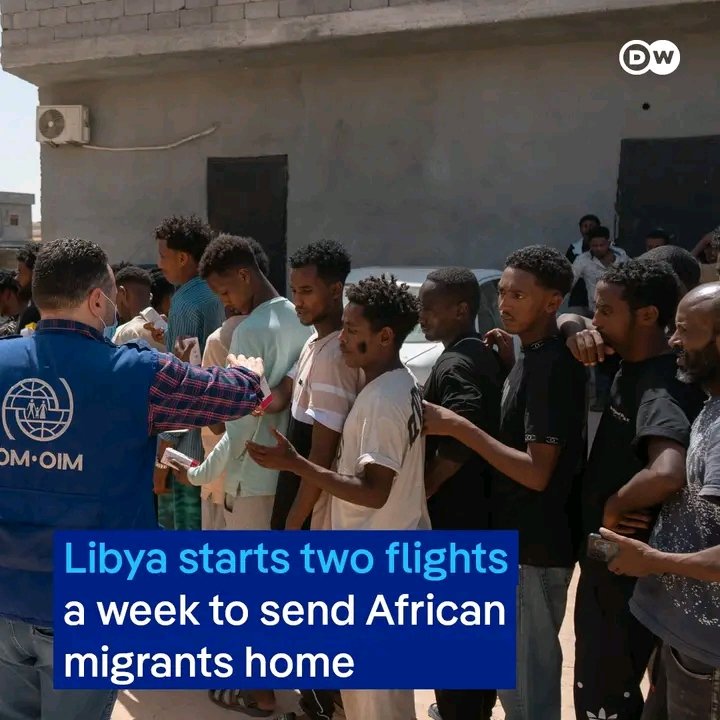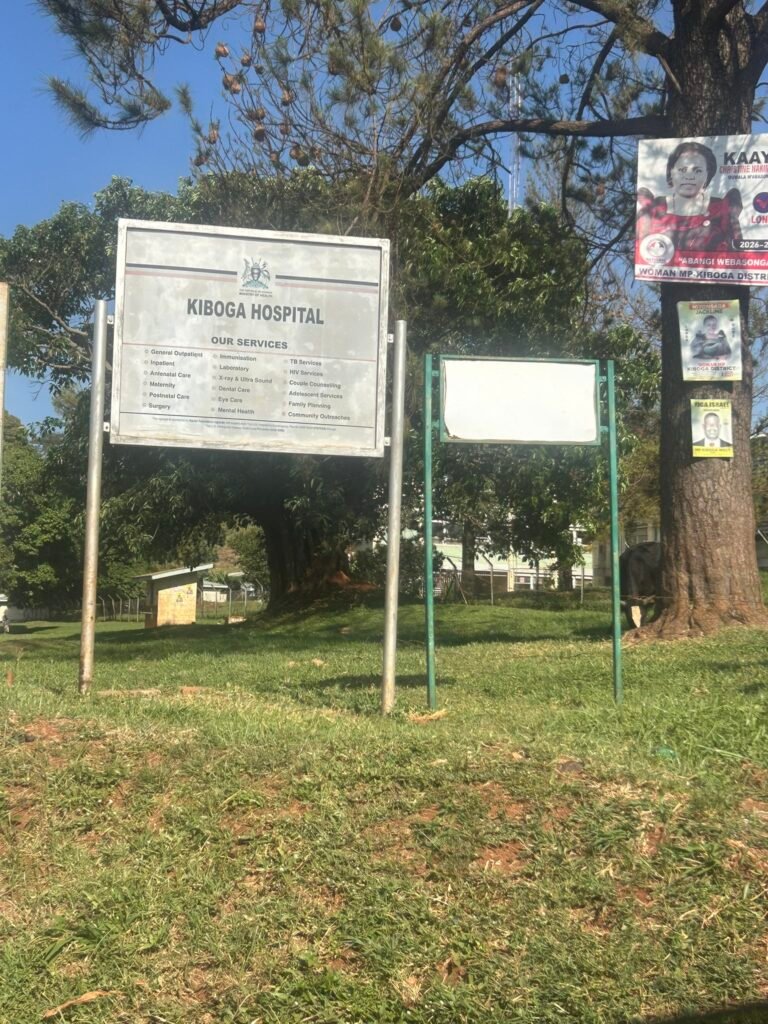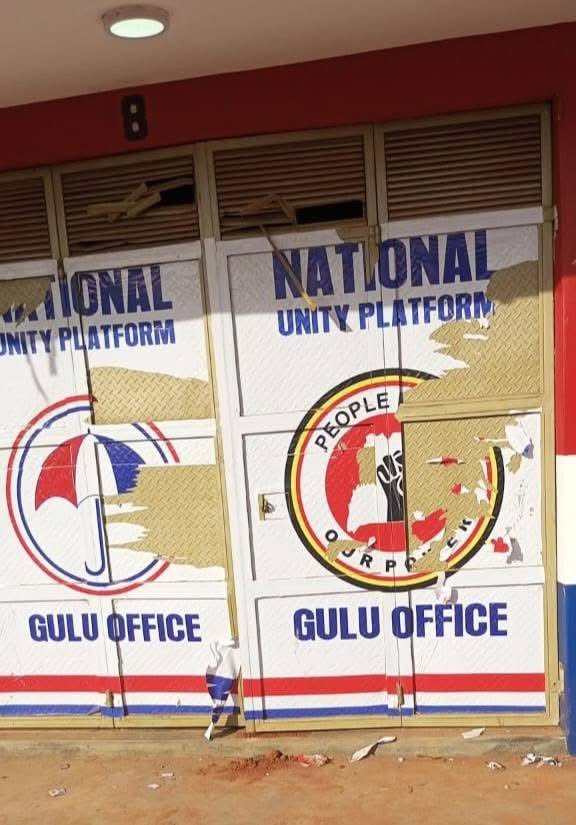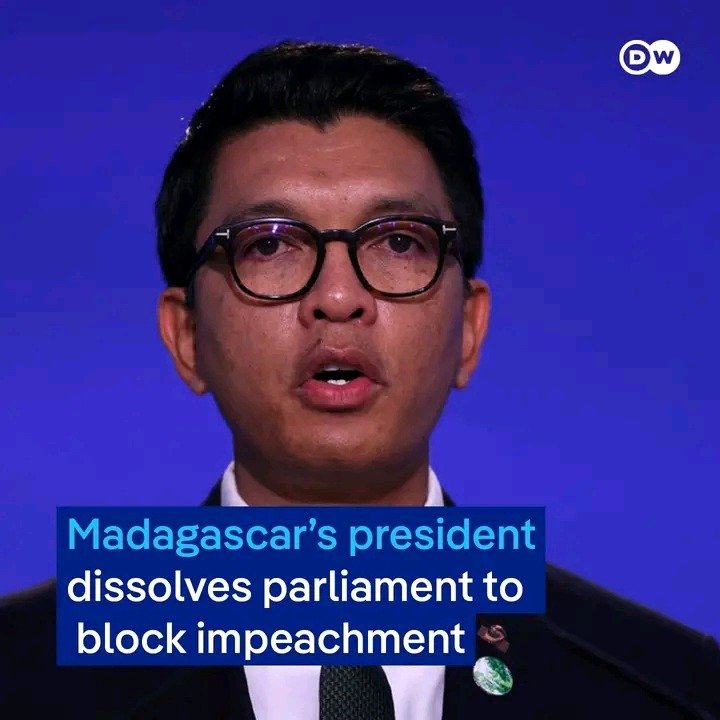
October 14, 2025 – Madagascar has been plunged into a deep political crisis after its military announced it had taken control of the country, culminating a dramatic standoff with President Andry Rajoelina, who fled abroad after dissolving the national assembly in a final bid to cling to power .
The seismic shift in power, triggered by weeks of youth-led protests over poverty and corruption, marks a stunning reversal for Rajoelina, who first came to power himself with military backing in a 2009 coup .
Military Seizes Control
The takeover was announced on national radio by Colonel Michael Randrianirina, who led a mutiny of soldiers joining the anti-government demonstrators. “We have taken the power,” Col. Randrianirina declared .
The colonel stated that the military was dissolving all state institutions except for the National Assembly, the lower house of parliament, which had just voted to impeach Rajoelina . He outlined that the CAPSAT unit would create a committee with officers from the army, gendarmerie, and national police to carry out the work of the presidency, with a civilian government to be established within days .
President’s Defiant Final Acts
The military’s move came after a day of political turmoil that saw Rajoelina, speaking from an undisclosed location, issue a decree to dissolve the National Assembly . This was widely seen as an attempt to block an impeachment vote scheduled by the opposition, which had gained overwhelming support .
Rajoelina defended his decision on social media, stating it was necessary to “restore order within our nation and strengthen democracy” . He maintained that the assembly meeting and subsequent impeachment vote were unconstitutional and thus “null and void” .
His actions, however, failed to stem the tide against him. The National Assembly proceeded with the impeachment vote, resulting in 130 votes in favor of his removal with only one blank ballot .
A Nation in Protest
The current crisis stems from protests that began on September 25 over frequent water and power outages but quickly evolved into a broader uprising against Rajoelina’s government . The movement, led by a group identifying as Gen Z Madagascar, channeled deep-seated public anger over corruption, high unemployment, and a severe cost-of-living crisis .
In the capital, Antananarivo, thousands of protesters have gathered in 13 May Square, waving Malagasy flags and banners featuring the skull-and-crossbones from the Japanese “One Piece” anime series, which has become a signature symbol of the movement . The protests have turned deadly, with the UN reporting at least 22 people killed and more than 100 injured in clashes .
Key Events in Madagascar’s Rapidly Unfolding Political Crisis
The table below summarizes the critical developments that have shaped the ongoing crisis:
Date Event Key Outcome
September 25 Youth-led protests begin Initial demonstrations over water/power outages escalate into demands for Rajoelina’s resignation.
October 12 Military mutiny begins The elite CAPSAT unit defects, joins protesters, and appoints a new army chief .
October 12-13 Rajoelina flees Madagascar The president leaves the country on a French military aircraft, citing threats to his life .
October 14 Rajoelina dissolves National Assembly A last-ditch effort to block an impeachment vote; the opposition declares the move illegal .
October 14 Parliament impeaches Rajoelina The National Assembly defies the dissolution order and votes 130-0 to impeach the president .
October 14 Military announces it has taken power Col. Randrianirina declares the military is in charge and will form a transitional governing committee .
International Reaction
The international community is watching the situation with growing concern. The African Union has warned against an “unconstitutional change of government” and urged soldiers to refrain from meddling in politics . French President Emmanuel Macron expressed that constitutional order must be preserved and that while the grievances of the youth are understood, they should not be exploited by military factions .
The situation remains highly fluid, with the future of one of the world’s poorest nations hanging in the balance. As the military consolidates its control and a heartland of Indian Ocean island navigates yet another political transition, the hopes of its predominantly young population for a more stable and prosperous future remain the one constant in a time of great uncertainty.


